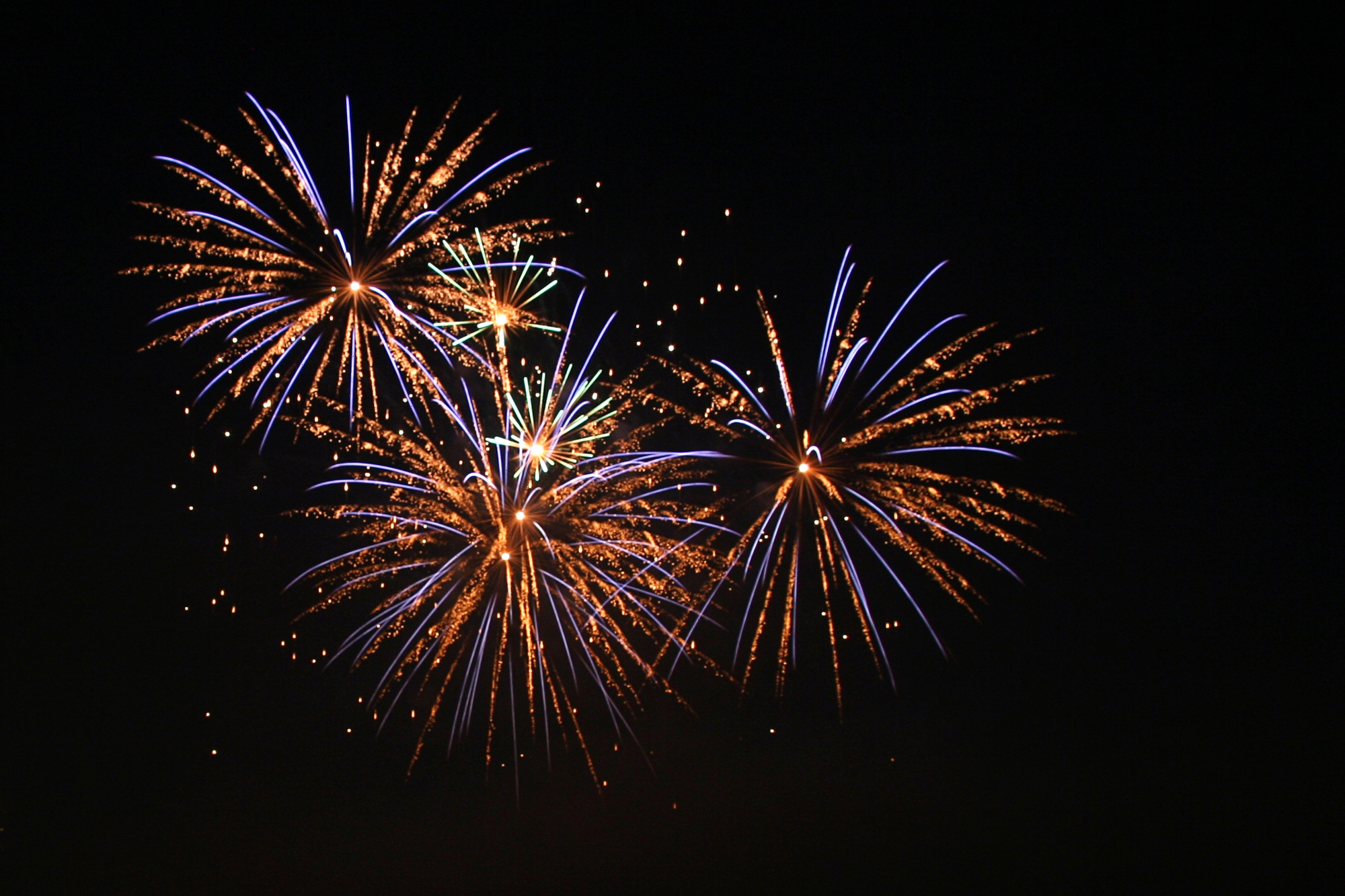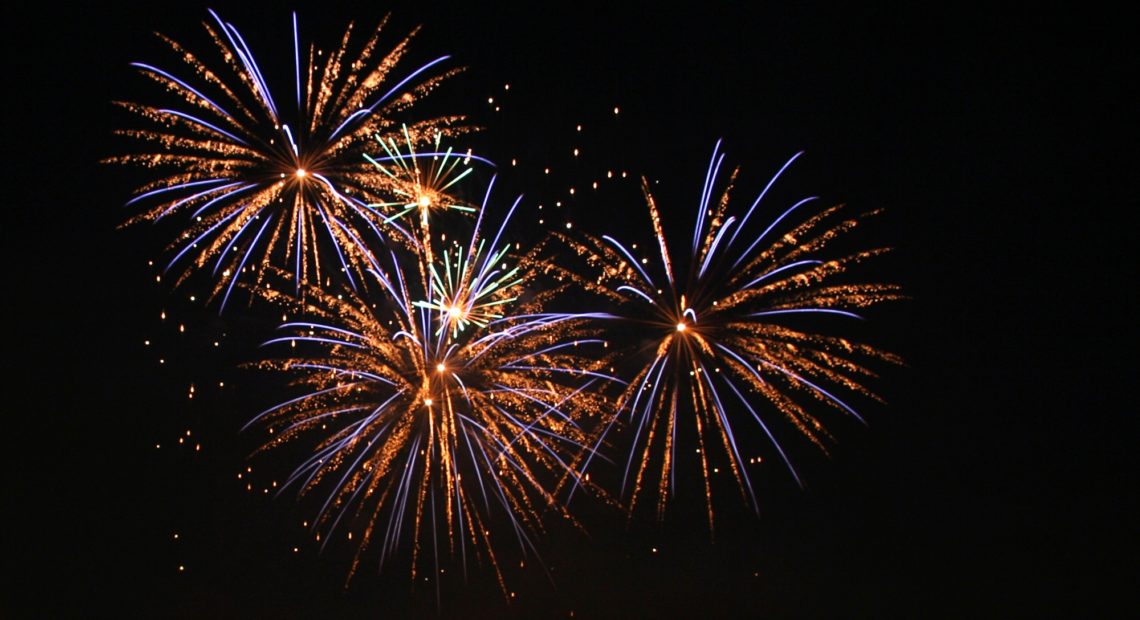
People Celebrating July 4th Are Major Source Of Wildfires
Conservation groups in Oregon are asking people to put down their Roman candles, sparklers and bottle rockets this week.
The reason: Humans ignite more wildfires on the Fourth of July than any other day of the year.
Last year, fire ecologists reviewed more than 1.5 million official records of wildfires fought by state and federal agencies in the United States over a period of 20 years, from 1992 to 2012.
They found that people had started 7,762 fires on the Fourth of July, largely due to fireworks.
“It’s an unfortunate accident that our Independence Day coincides with one of the hottest and driest days of the year,” said Jennifer Balch, director of the Earth Lab at the University of Colorado, Boulder. “… Essentially our celebrations are putting lives and properties at risk.”
Balch studies fire disturbance and recovery. Her analysis found that human ignitions have expanded the niche of fire.
“Human-started wildfires accounted for 84 percent of all wildfires, tripled the length of the fire season, dominated an area seven times greater than that affected by lightning fires and were responsible for nearly half of all area burned,” she wrote.
In Oregon, human ignitions lengthened the fire season from roughly 31 days to 71 days.
Michael Lang, conservation director with Friends of the Columbia River Gorge, said people need to take extreme care in the woods during fire season.
“Friends of the Columbia Gorge would just like to remind everyone that fireworks are illegal on our public lands, on our state lands in Oregon and on federal lands,” he said. “Federal forest lands, too.”
Liang said humans have already ignited more than 200 fires in Oregon in the first half of 2018.
In the Gorge, communities are still recovering from lost business and reduced tourism due to the Eagle Creek Fire, which was ignited by an illegal firework over the Labor Day holiday weekend last year.
“It was an incredible hardship for many families and small businesses,” Lang said. “The psychological toll that it takes on people, from human-caused fires, is quite severe.”
Copyright 2018 OPB
Related Stories:
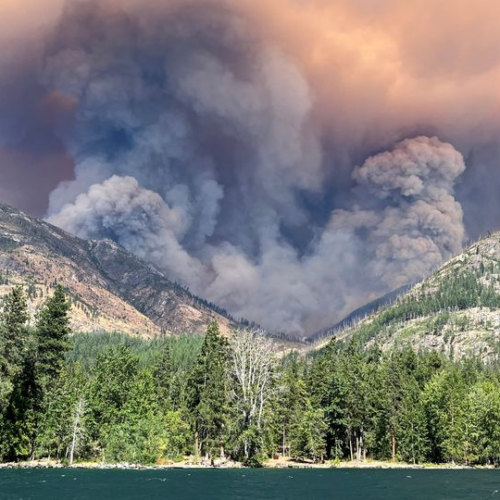
Washington deals with peak fire season conditions, state agencies ready to respond
Everyone watching fires around Washington this week held their breath as about 600 lightning strikes hit the landscape across the state.
The Washington State Department of Natural Resources, who, alongside agency partners, prepared for those conditions this week by pulling in out-of-state resources and pre-positioning crews. The lightning strikes ignited at least two fires in the state, the Easy fire and Swawilla fire. According to a public information officer on the Swawilla fire, a series of fires started from lightning strikes on the Colville Reservation this week.
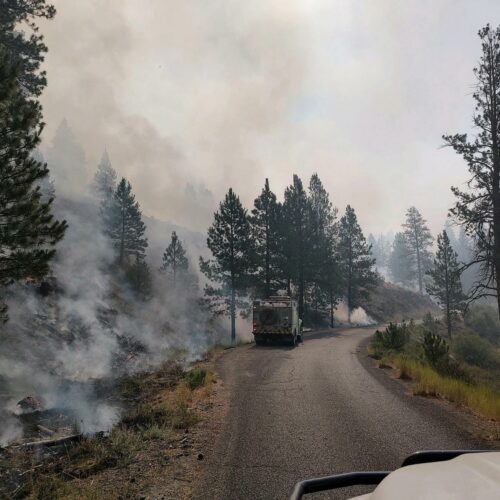
Around the Northwest, hot, dry, windy weather fuels fires
Dry, hot and windy conditions have communities on alert for wildfire danger across the Pacific Northwest. Those conditions propelled fire growth over the weekend, and more of the same weather is expected this week.
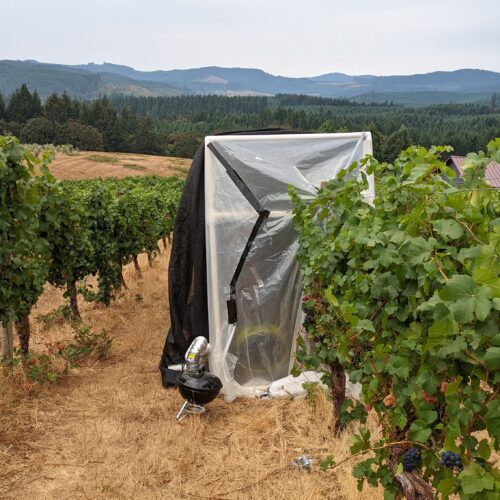
Oregon researchers hope to provide new tools to help wine growers address climate change, smoke
Pinot noir grapes at Oregon State University’s Woodhall Vineyard undergoing smoke experiments. (Credit: Sean Nealon / OSU) Listen (Runtime :54) Read Researchers are developing special coatings to protect Northwest wines

